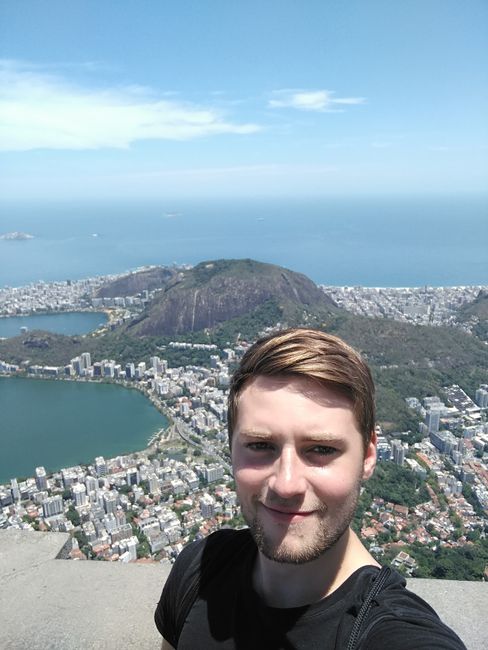Island luck gives way to the urban jungle
Diterbitkan: 02.11.2017
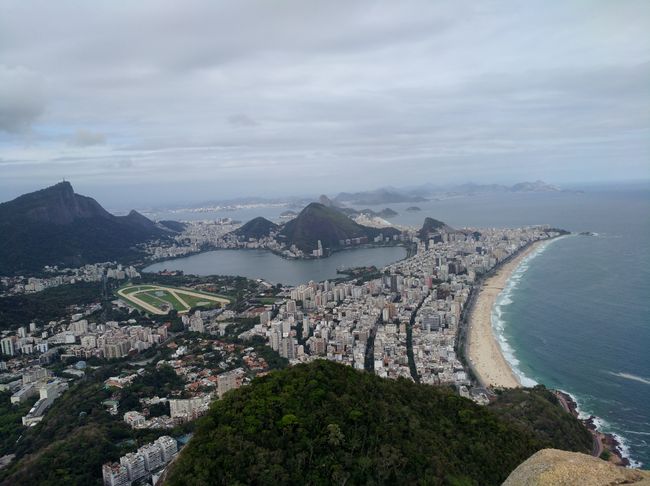
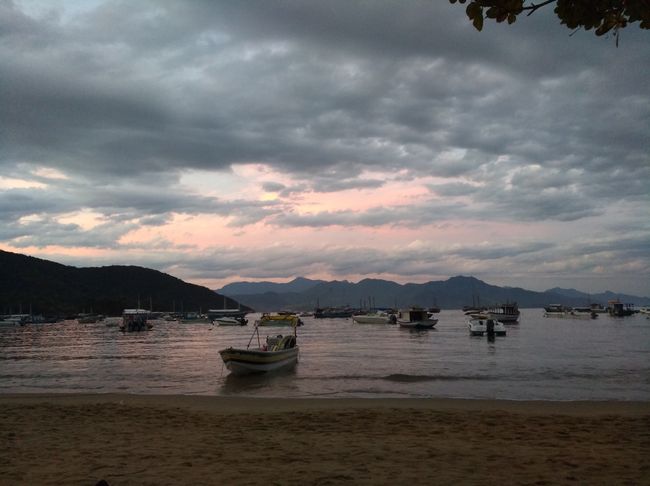
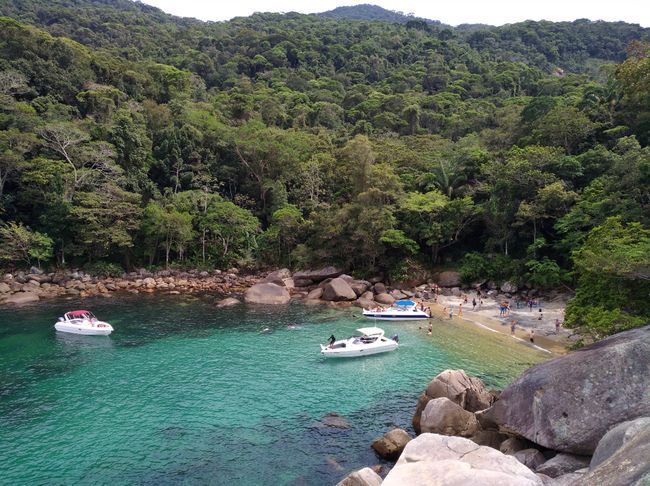
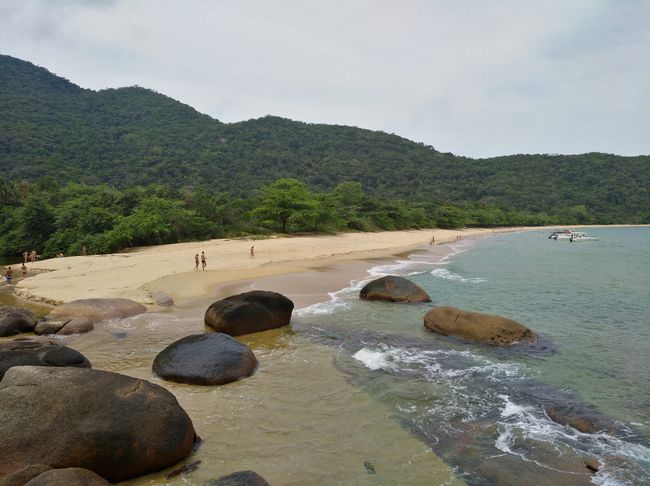
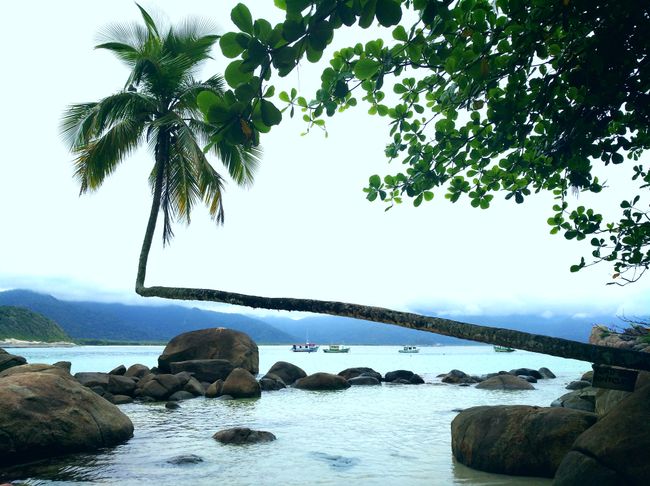
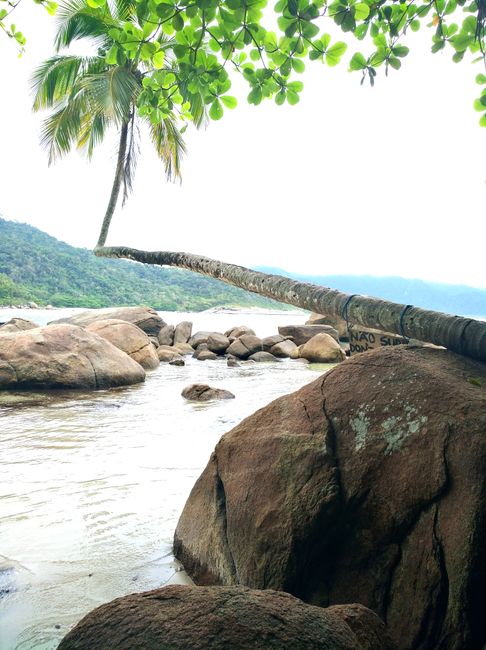
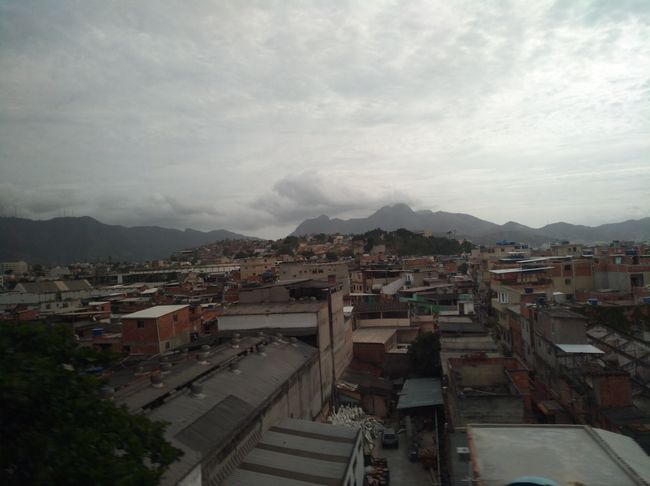
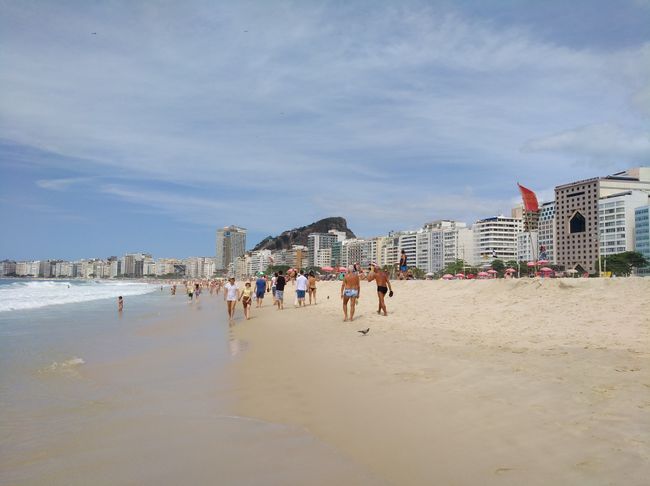
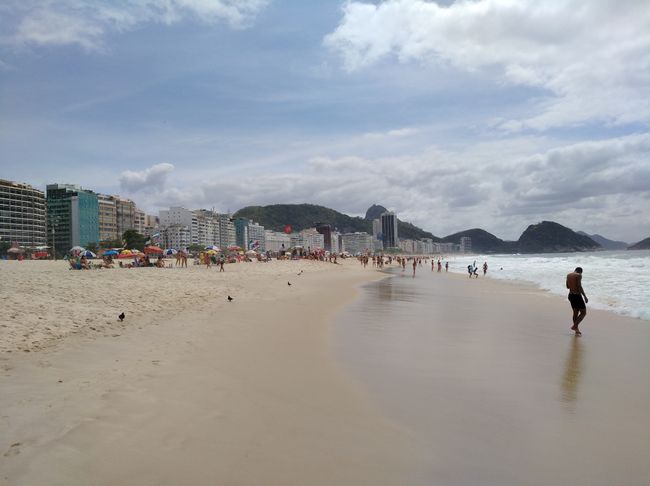
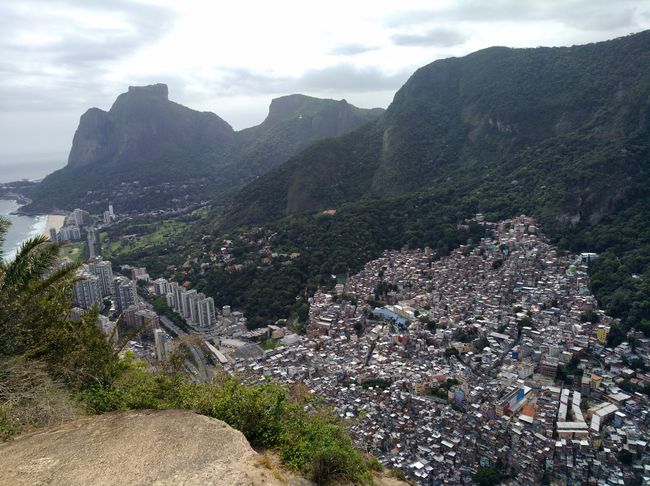
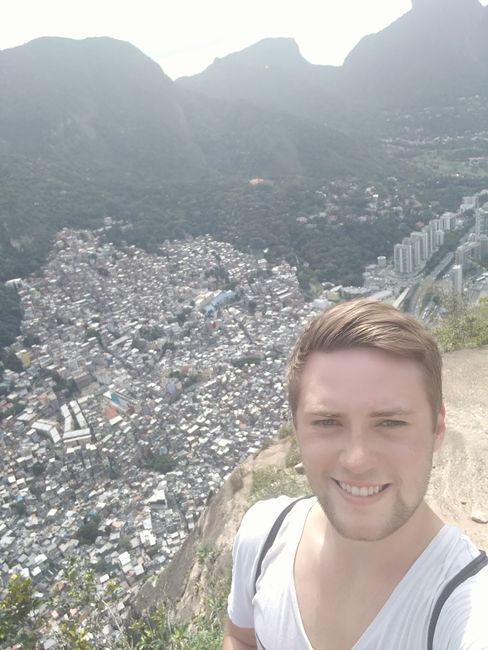
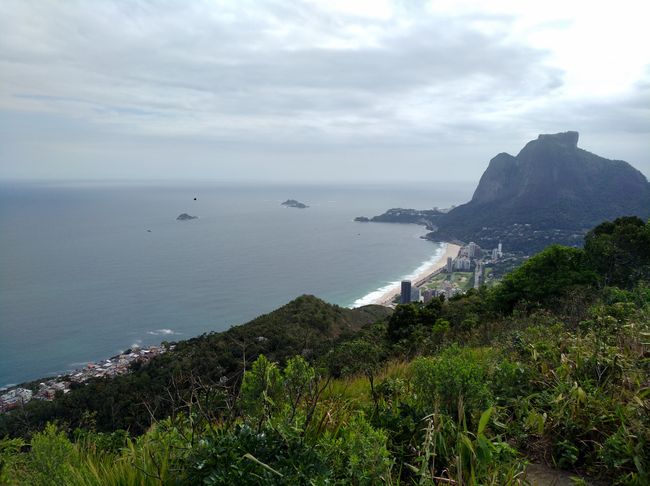
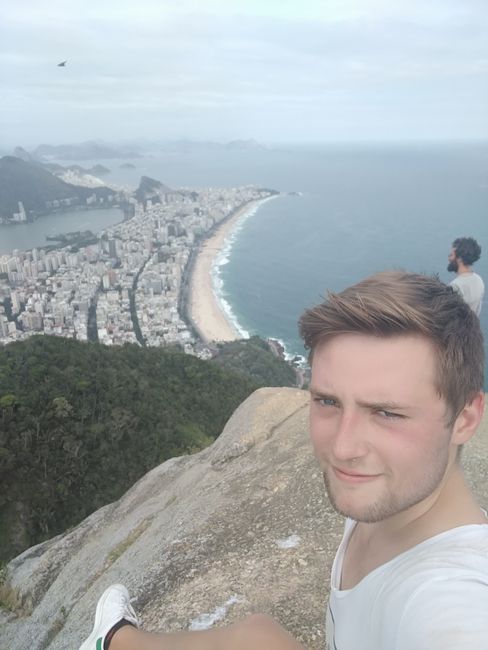
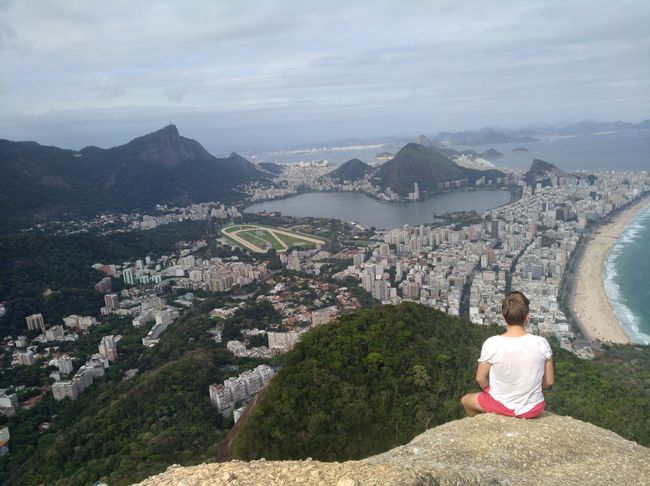
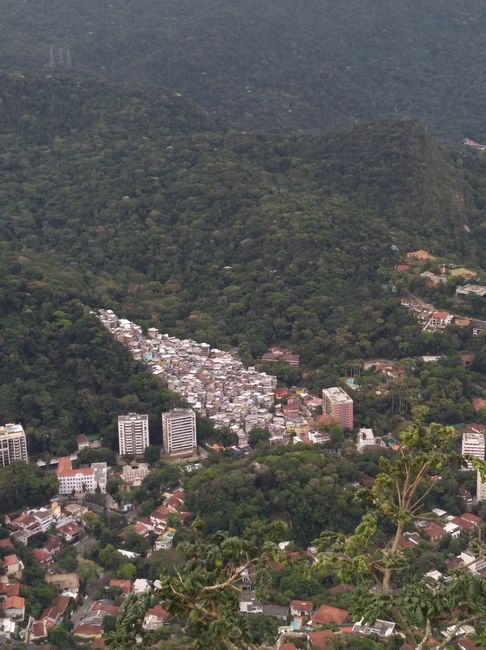
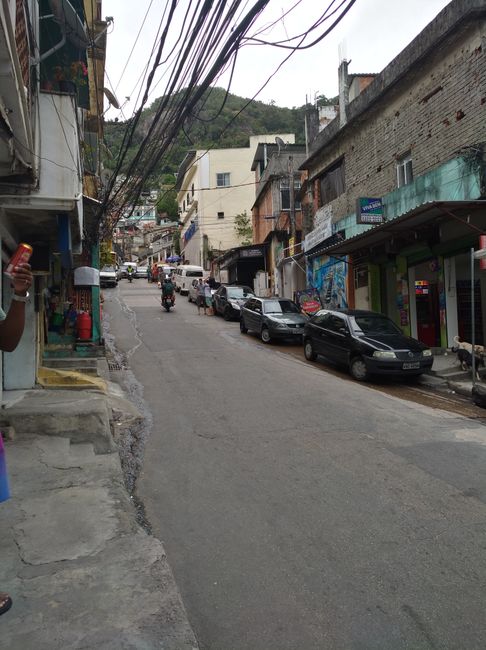
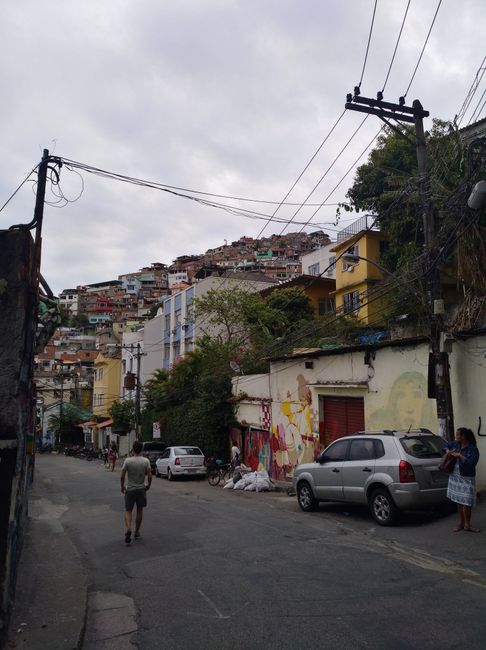
Langgan Surat Berita
After my travel companion had to go back to his student duties in Rio, I was once again left on my own in Ilha Grande. Since I had fallen in love with island life again, I decided to extend my stay at the Welcome Surf Hostel for a few more days. My hostel was really relaxed and I enjoyed spending time with the people there. But the best part was that I had my four-bed room all to myself for the remaining nights.
The weather continued to be unpredictable and the forecast was unreliable. Nevertheless, I decided to join another boat tour. One reason was that I wanted to see the side of the island facing the sea again, and the other reason was that I really wanted to see the famous palm tree at Aventureiro Beach.
Unfortunately, this time Peter wasn't on my side, as the trip was rather cloudy. The tour, which was quite expensive at 150 Reais (40€), didn't really pay off this time. It was too cold for swimming and none of my 13 South American fellow travelers, including the boatman, spoke English. So it was a rather quiet trip for me. Besides, the beaches didn't differ much from the ones I had already seen.
We stopped at the turquoise bay of Caxadaco and visited the beaches Praia de Dios Rios and Praia do Aventureiro (praia = beach). I still enjoyed the day, relaxed on the beach, and managed to finish reading my second book. And finally, in Aventureiro, I got to see the famous crooked palm tree. I have to give credit to the many photographers, because the palm tree looked much more impressive in the pictures than in person. Unfortunately, this is not uncommon.
The next day, I took a hike to the nearby beach Praia do Abraãozinho and slept a few hours on the beach.
In my hostel, I also met a group of Brits and joined them for an all-you-can-eat pizza. It's a world-class invention and affordable at 39 Reais (10.50€). We had a total of eight huge, different slices of pizza in the Italian style, and by the end, I could barely button my pants. We also had a long discussion with various views on Brexit.
But my island life was slowly coming to an end, and I was starting to make my way to the next big city, the second-largest city in Brazil - Rio de Janeiro.
Rio de Janeiro, world-famous for the Sugarloaf Mountain, Cristo Redentor, Copacabana Beach, or the annual Carnival, translates to "River January." This is based on a mistake made by the navigator Gaspar de Lemos, who arrived at the bay on January 1, 1502 and mistook it for the mouth of a large river. More than 500 years later, the city area is home to 6.5 million people, and the metropolitan region houses nearly 12 million people.
Between 1815 and 1821, Rio de Janeiro was even the capital of the Kingdom of Portugal and Brazil. After Brazil's independence in 1822, Rio de Janeiro remained the capital until 1960 when it handed over the title to Brasilia. The reason for changing the capital to the smaller city of Brasilia, with its 2.5 million inhabitants compared to Sao Paulo and Rio de Janeiro, was its geographically central location and Brazil's desire to promote development in the interior. Therefore, in 1891, it was decided to build Brasilia, and city planner Lucio Costa and the famous architect Oscar Niemeyer were responsible for the project. The layout was chosen in the shape of a cross, which is slightly curved on one axis due to the natural landscape. Today, you can still see that Brasilia was designed on the drawing board, which takes away some of its charm in my opinion.
But back to Rio de Janeiro. I left Ilha Grande around noon and arrived in Rio de Janeiro early in the evening. Our minivan bravely made its way through the rush hour traffic, and we passed the first favelas. This endless landscape of tin huts is impressive in its own way. Less impressive was the strong sewage smell that accompanied me on the journey through the favelas.
Arriving in Rio, I checked into the Casa del Mar Hostel in Copacabana, which I chose mainly because of its central location and proximity to the beach. It's only a 4-minute walk to Copacabana Beach and a 20-minute walk to Ipanema Beach.
The next day, I headed straight to Copacabana Beach, which is not only famous for Barry Manilow's hit but also for its bustling city beach life in Brazil. Today was a Brazilian holiday, All Souls' Day, but it was relatively quiet and empty at the beach. There were people playing beach football and swimming in the high waves of the Atlantic, but it was not comparable to the crowded beach with umbrellas that I had imagined. Around noon, I met Marco, who is studying in Rio, again, and we went to the Dois Irmãos (Two Brothers) rock. The summit of Dois Irmãos is 533 meters high, almost 150 meters higher than Sugarloaf Mountain.
We took an Uber to the beginning of the Vigidal favela and from there we took a motorcycle taxi up the mountain to a football field, which is the starting point for climbing Dois Irmãos. In addition to the 5 Reais (1.30€) for the ride on the back of the motorcycle, we had some near-death experiences along the way.
At the beginning, we met Tony, an Australian who lives in Bangkok, and the three of us set off on the 1.5-kilometer hike uphill. Due to the difficult terrain and steep ascent, we were told to expect a climb of about 75 minutes. But after about 35 minutes of overly sporty climbing, we reached the summit, completely soaked in sweat and exhausted, and had a wonderful, unique view of Rio de Janeiro. Now I felt at home in this gem on the Atlantic Ocean.
To one side, there was the eastern coast of Rio and the 800-meter-high Pedra de Gavea rock, and on the other side, I could see the beaches of Leblon, Ipanema, and Copacabana. Even the Christ the Redeemer statue and the city of Niteroi were clearly visible in the distance.
Beneath us was perhaps the largest favela in Brazil or even Latin America, Rocinha. According to the last official count, 62,000 people live there, but it is estimated to be closer to 250,000. In late 2011, the favela was raided by the police in preparation for the 2014 World Cup, and among others, the 'Boss of Bosses,' Antônio Francisco Bonfim Lopes, better known as Nem, was arrested. Nem had already unsuccessfully faked his death and burial in early 2010. In late 2011, he was discovered by the police in a trunk while trying to leave Rocinha unnoticed. All of this sounds a bit like a movie.
Since then, there have been recurring disturbances in and around Rocinha, and it's better to avoid this favela.
After the equally exhausting descent, the three of us made our way through the less dangerous Vigidal favela. We had a beer in a small bar and talked to the locals. Or rather, Marco talked to the locals, as he was the only one who spoke Portuguese. As a German, I was greeted by the Brazilians with a smiling reference to the 7:1 victory in the 2014 World Cup semi-final. It still hurts them internally. A little satisfaction after the disappointing final in 2002...
Langgan Surat Berita
Jawab

